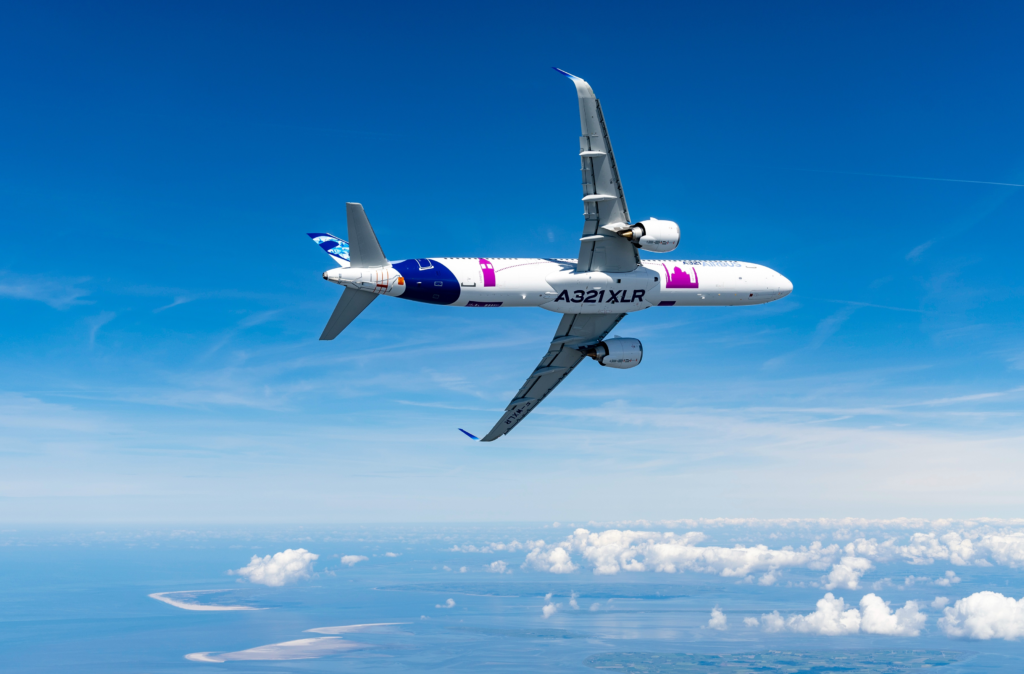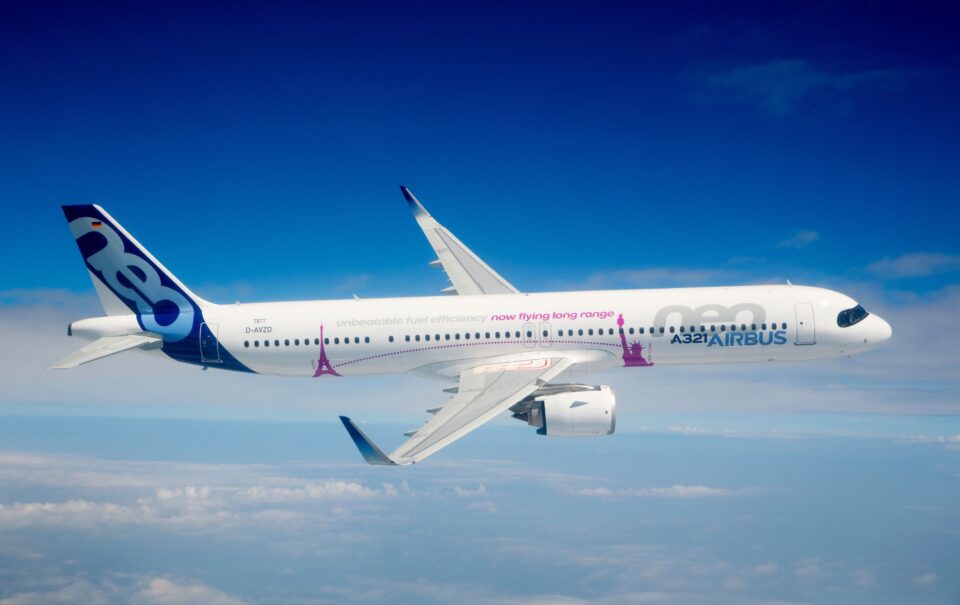As the national carrier of Iceland tries to replace its ailing Boeing 757s, Icelandair has announced that it has signed a Memorandum of Understanding (MoU) with Airbus for 13 A321XLR aircraft, as well as placing 12 more options.

On April 7, 2023, as the Icelandic carrier placed an order for a total of 25 aircraft, 13 firm and 12 options, the airline and manufacturer signed a Memorandum of Understanding. Moreover, Icelandair is “in early stages of talks” to lease four Airbus A321LR aircraft, with plans to begin using them in 2025.
If the Agreement is signed, Icelandair would begin receiving A321XLR deliveries in 2029. According to the airline’s release, there is also a possibility for further A321LRs. Icelandair stated, “With the purchase of the Airbus aircraft, Icelandair will complete the replacement of the Boeing 757.” “The 13 aircraft’s agreed-upon purchase price is private. Although the funding of the aircraft has not yet been decided, the company will investigate financing possibilities as delivery dates approach, according to the carrier’s statement.
While Icelandair will continue to operate only Boeing aircraft until 2025, the airline will switch to a mixed fleet with the anticipated delivery of the first A321LR. It presently has 46 aircraft in its fleet, including 16 Boeing 737 MAX, 16 757-200, two 757-300, and three 767-300ER aircraft, according to statistics from ch-aviation.com. The Icelandic airline flies two 757-200Fs, one of which has been converted into a freighter, as well as two 767-300Fs that have also been converted.
Five De Havilland Canada DHC-8 aircraft, three Q200s and two Q400s, make up its regional fleet.
Before to 1990, Icelandair carried passengers on four-engine McDonnell Douglas DC-8 jets, the only jets it operated besides Boeing airplanes.
deciding on the future fleet for Icelandair

With the Boeing 757 and 767 sharing a common type rating, having an all-Boeing fleet reduced the demand on the company’s resources for pilot training and acquisition. Yet, the airline was in a pickle because of its aging fleet and Boeing’s decision to withdraw the A321LR and A321XLR from the market.
“We are pleased to report that a decision has been made about Icelandair’s future fleet. We have chosen to replace the Boeing 757 that we are gradually retiring with the capable and fuel-efficient Airbus aircraft, the A321XLR and A321LR,” said Bogi Nils Bogason, CEO of Icelandair. According to data from ch-aviation.com, the airline currently operates passenger-version Boeing 757-200 and Boeing 757-300 aircraft that are, on average, 25.3 and 22.2 years old, respectively.
Bogason previously stated that the company was considering two options in an Executive Spotlight interview with AeroTime: either to add more 737 MAXs or else to use Airbus’ A321LR and A321XLR as a substitute for the Boeing 757.
The CEO said in the interview that even though the three 767s are, on average, 23.8 years old, “replacement of the wide-body fleet is not a worry at this moment in time.” Operations will become more complicated when a new fleet type is introduced, including crew training and certification. Nonetheless, Airbus has had complete dominance of that market since Boeing opted to stop producing a mid-market aircraft formerly known as the New Midsize Aircraft (NMA). The A321LR was first delivered to Arkia – Israeli Airlines in November 2018, while the A321XLR will be made available in 2024, according to the European manufacturer.
The maximum range of the A321LR is 4,000 nautical miles (7,400 kilometers), while the maximum range of the A321XLR is 4,700 nm (8,700 km). The Boeing 737 MAX-7, on the other hand, has the fewest seats (172), although having the longest range of the four aircraft in the family (3,850 nm, 7,130 KM). If fitted with a single auxiliary tank, the Boeing 737 MAX-10 can carry 230 passengers and travel up to 3,300 nm (6,110 km) in distance.





